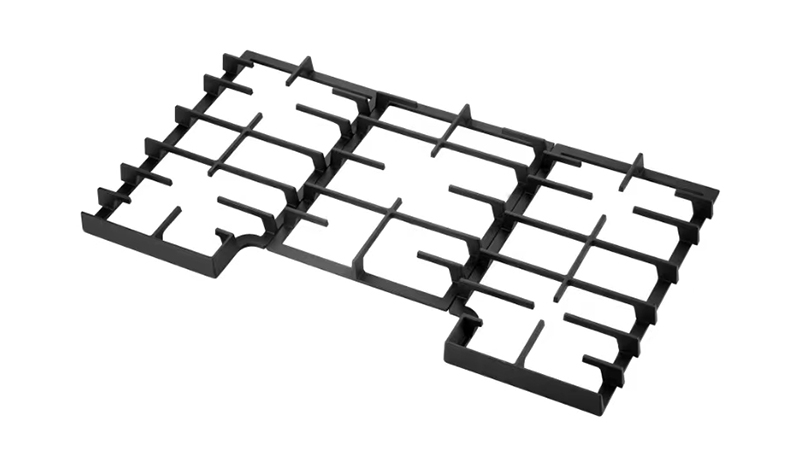Precautions for Casting Cast Iron Platforms
The cast iron platform is made of HT200 material, and manual scraping and grinding technology is used for the working surface. T-shaped, V-shaped, U-shaped grooves can be machined on the working surface, and circular and strip-shaped holes can also be drilled. It is mainly used for workpiece inspection or marking, and is a flat surface alignment tool.
Production process flow:
1. Mechanical processing of cast iron platform: visual inspection and marking, workpiece on machine tool, processing, inspection, tempering;
2. Cast iron platform blanks: make drawings according to the technical requirements, make wood or foam shapes according to the drawings, mix, shape, dry, cast, sand fall, sort out, and inspect various parts of the blanks;
3. Leveling of cast iron platform workpieces, manual scraping and grinding, and inspection by the inspection department;
4. Machine tool on cast iron platform, processed according to the drawing requirements, and sent to the inspection department for inspection;
5. Appearance treatment, painting, packaging, and warehousing of cast iron platforms.
Cutting machinability and reference surface of cast iron platform: In mechanical production, in order to stabilize the size of castings, they are often left at room temperature for a long time before cutting. This measure is also known as timeliness. But this type of aging does not belong to the metal heat treatment process. In the production of cast iron platforms, in order to prevent changes in size and shape during long-term use, the platform is often heated from the beginning to 100-150 degrees Celsius before precision machining after low-temperature tempering. This aging treatment is used to stabilize the quality of the platform.
Precautions for casting on a cast iron platform: The control of the sand grinding process and the properties of the molding sand will directly affect the quality of the measuring tool castings. Therefore, the molding sand should have good breathability, wet strength, flowability, plasticity, and yielding properties. Strictly follow the feeding sequence: old sand new sand clay coal powder water. The mixing time is set at 6-7 minutes, and after mixing, it takes about 5 hours to mix evenly. After blending, sieve and loosen the sand before use to make it loose and improve its permeability, flowability, etc. Control of casting and pouring process. Before pouring, the casting water should be treated with incubation and slag removal. During the pouring process, the flow should not be interrupted and kept stable to prevent sand holes from forming due to sand flushing. When running the fire, it is necessary to promptly block the parts that leak casting water and replenish the casting water to reduce the disadvantages of cold insulation and insufficient pouring. The control of the casting finishing process involves the finishing of the measuring tool castings from the mold after cooling, in order to obtain the measuring tool castings with no defects on the surface.
Previous: How should the overall process flow of the cast iron platform be arranged
Next: No More








